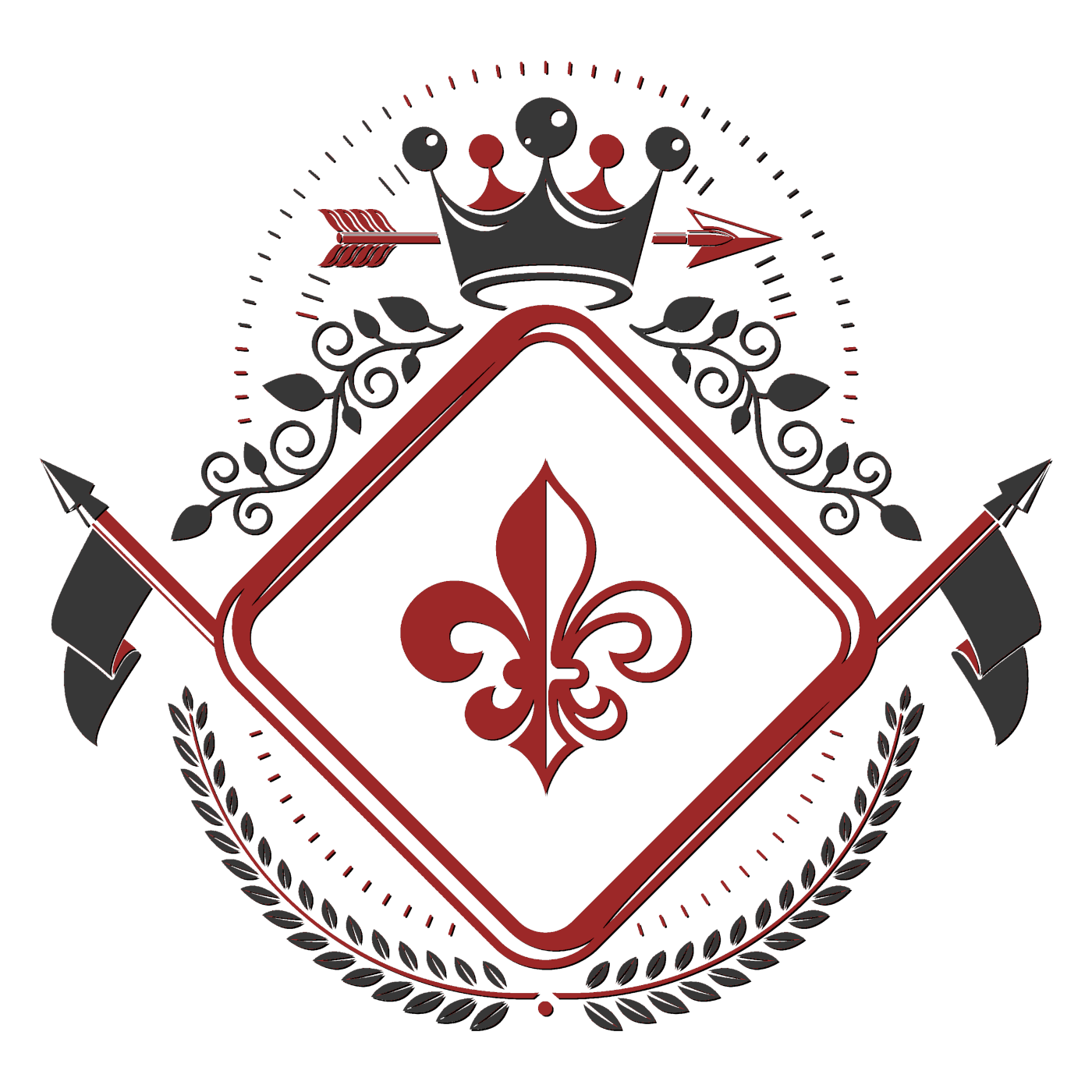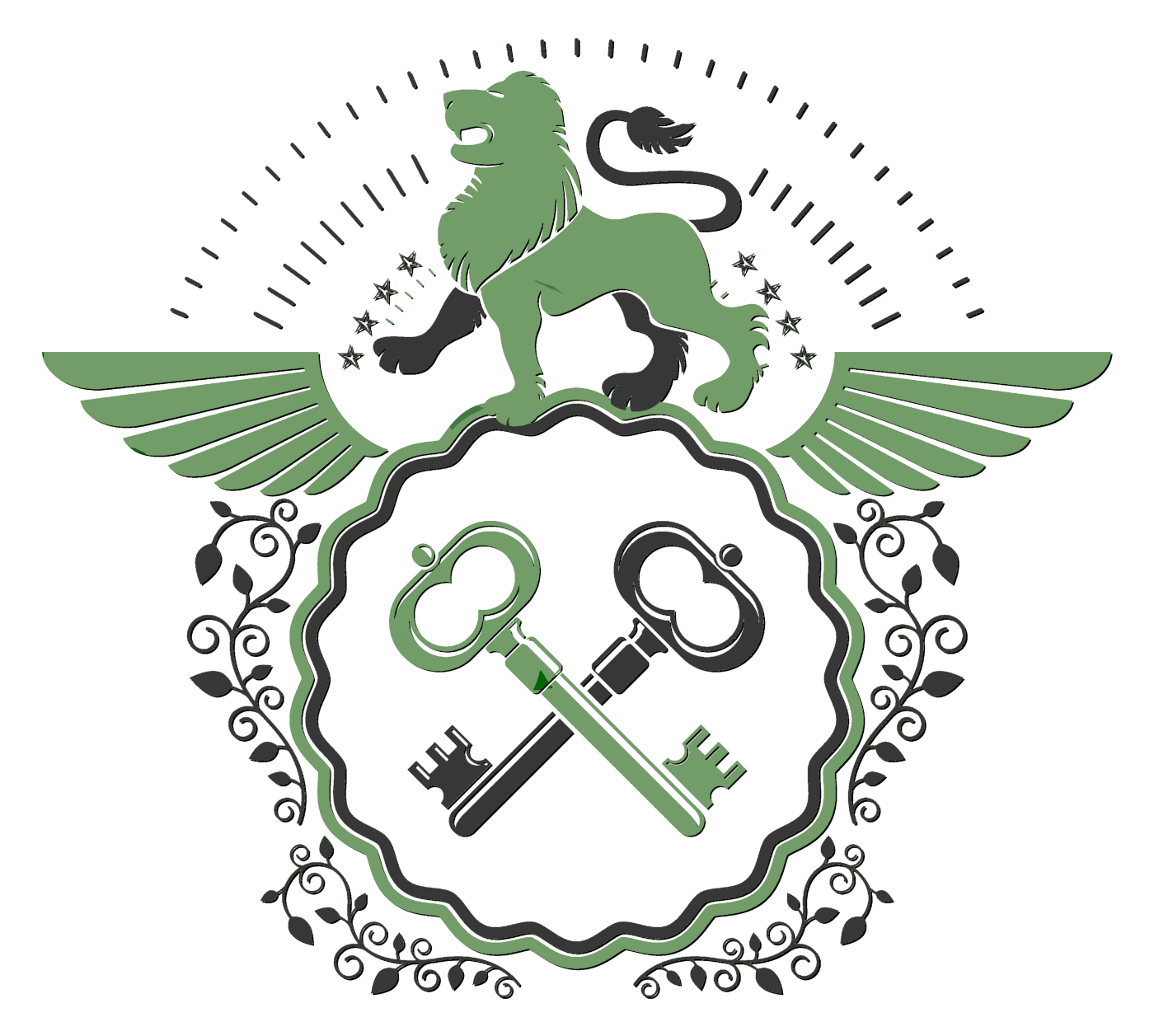Greetings, I'm currently taking a course on ancient art (pre-antiquities). It just started this semester (so... last week) and all we've covered so far is henges and Jericho and Çatalhöyük [ka-ta-ho-yoke]. I figured it'd be fun to report on what I'm learning/discussing in class. Not only would it be fun (I love talking about ancient history) but it might prove useful to some of you

We'll see how organized I can be...
(This first part is known as Pre-Pottery or Neolothic A. Neolithic is the time before established civilization, back before cities were built and writing established. The creation of Cuneiform, the Mesopotamian alphabet, was the beginning of civilization)HengesI'm assuming that you all know of Stonehenge:

This is the most commonly known henge in the world, but most people think that it is the only henge. This is false. There are over 4,000 henges in the UK. Stonehenge is the only one we hear about because it is the only one that can fit nicely in a picture and looks pretty. There are many larger and smaller henges. Avebury is one of the larger ones, they even built a town in the middle of it:

Carnac is another large henge. Crazy big. It is composed of thousands of stones erected in long rows (similar to a contemporary graveyard) and (IIRC) people believe that it is just a section from a ginormous henge and spanned miles:

Henges are comprised of what are known as Menhirs and Dolmens. Menhirs are the upright stones (like the Greek/Roman post) and Dolmens are the stones set on top of the Menhirs (like the Greek/Roman lintels). Some henges have only one Menhir/Dolmen set left while other have only some of the Menhirs left. [
THIS] this a great site to explore the locations and history of discovered henges.
All henges, even Stonehenge, were once covered. They were hills with the Menhir/Dolmen structures creating tunnels inside. The Menhirs were rolled (yes, rolled, I'll get back to this in a moment) to the site and tipped upright. Earth was then shored around them and the Dolmen were rolled up and tipped onto the tops of the Menhirs. Thus, the people who built henges did not lift the Dolmen up and onto the Menhirs.
To get back to the rolling, people have found hundreds of stone balls. All over the place. One man decided to collect these and eventually decided to replicate them. In the process, he discovered that all the balls were the exact same size. From this break-through people figured out that the people dug trenches to the balls and rolled the multiple-ton stones over them just like we use ball-bearings.
Though there were ways into henge, people did not live in the structures. Henges were where they buried people. Like a community graveyard. Most people were cremated.
A little known fact is that for many henges, there has been found an exact replica relatively close that was once made of wood instead of stone. This are not, as I thought, the plans for the stone henges. Where the stone henges show the remains of people and death and burial, the wood henges have the remains of parties (such as animal bones and other - I wasn't told what - stuff).
We still (and probably will never) have any idea why henges were built (other than the obvious burial of people). Some have theorized that the stone henges were to celebrate death, while the wood hanges were built to celebrate life. But there's no real way to prove that.
One of my favorite henges is actually a set of three. Thornborough is three henges that precisely align with the stars in Orion's belt:

Most henges were aligned, somehow, with the celestial. Many of them had to do with marking the summer or winter solstice. If I'm remembering this correctly, the main door of stone henges faces the north and the main door of wood henges faces the south.
As a final note, I'd like to bring up the tales of King Arthur. We all know that he pulled the sword from the stone. What you might not know is that archaeologists have found stone molds that, when the two pieces are put together and metal is poured in and allowed to harden, the blade of a sword can be withdrawn. Literally drawing swords from stones. One theory is that Arthur may have been a king back in the neolithic period who had the technology of pulling swords from stones and this is what made him so powerful.
(I shall return with my notes on Jericho and Çatalhöyük later...)

 We'll see how organized I can be...
We'll see how organized I can be...







